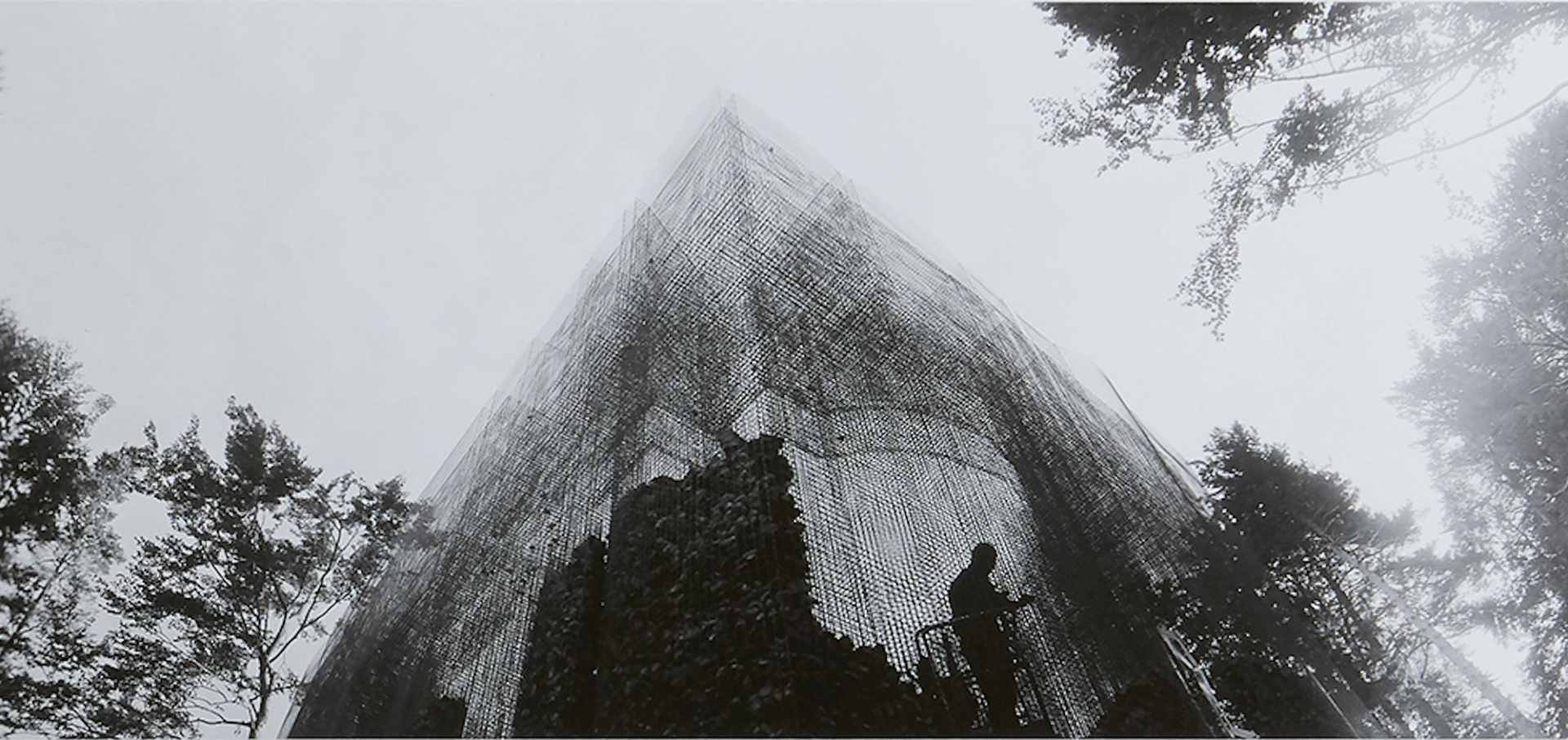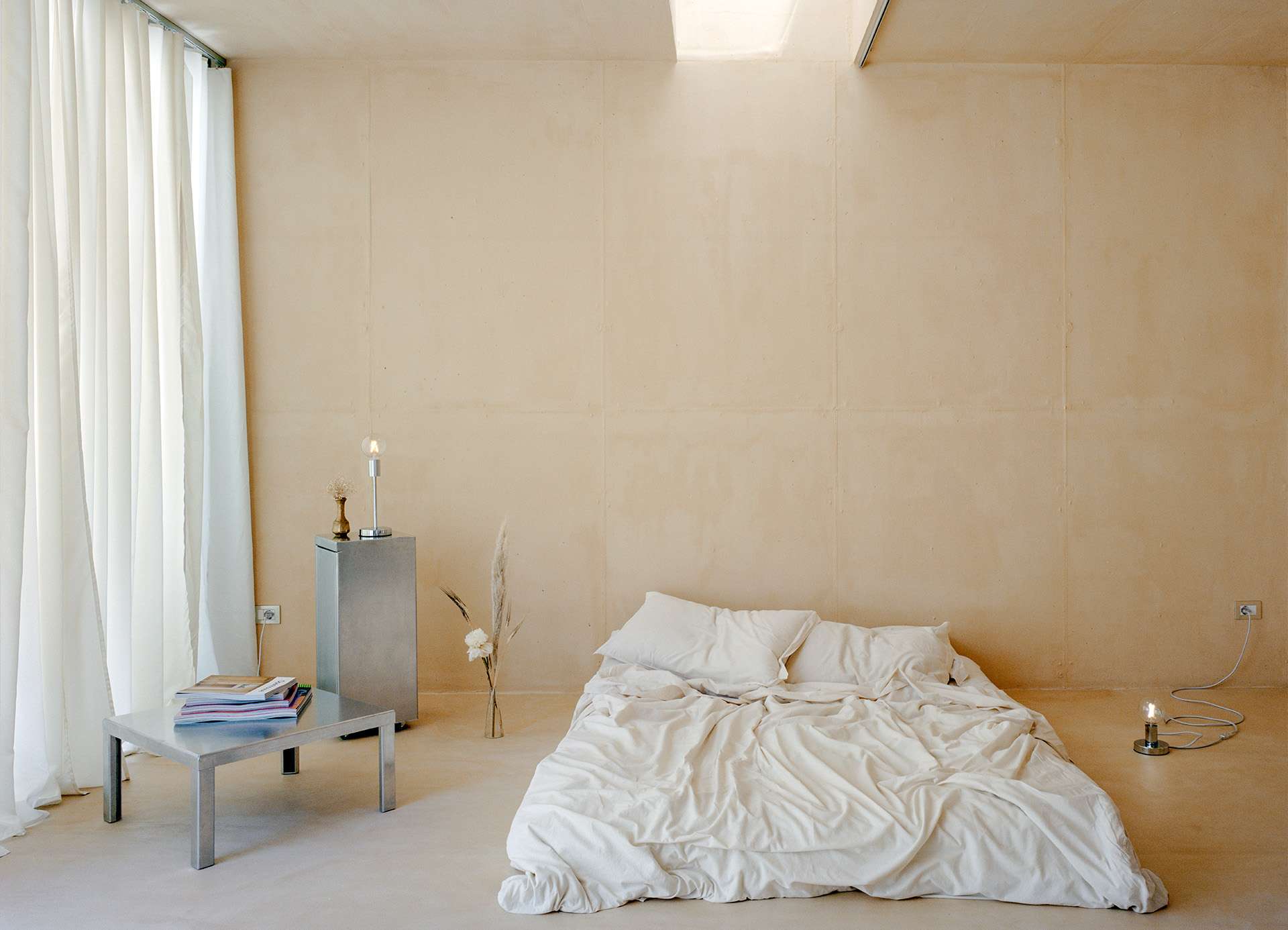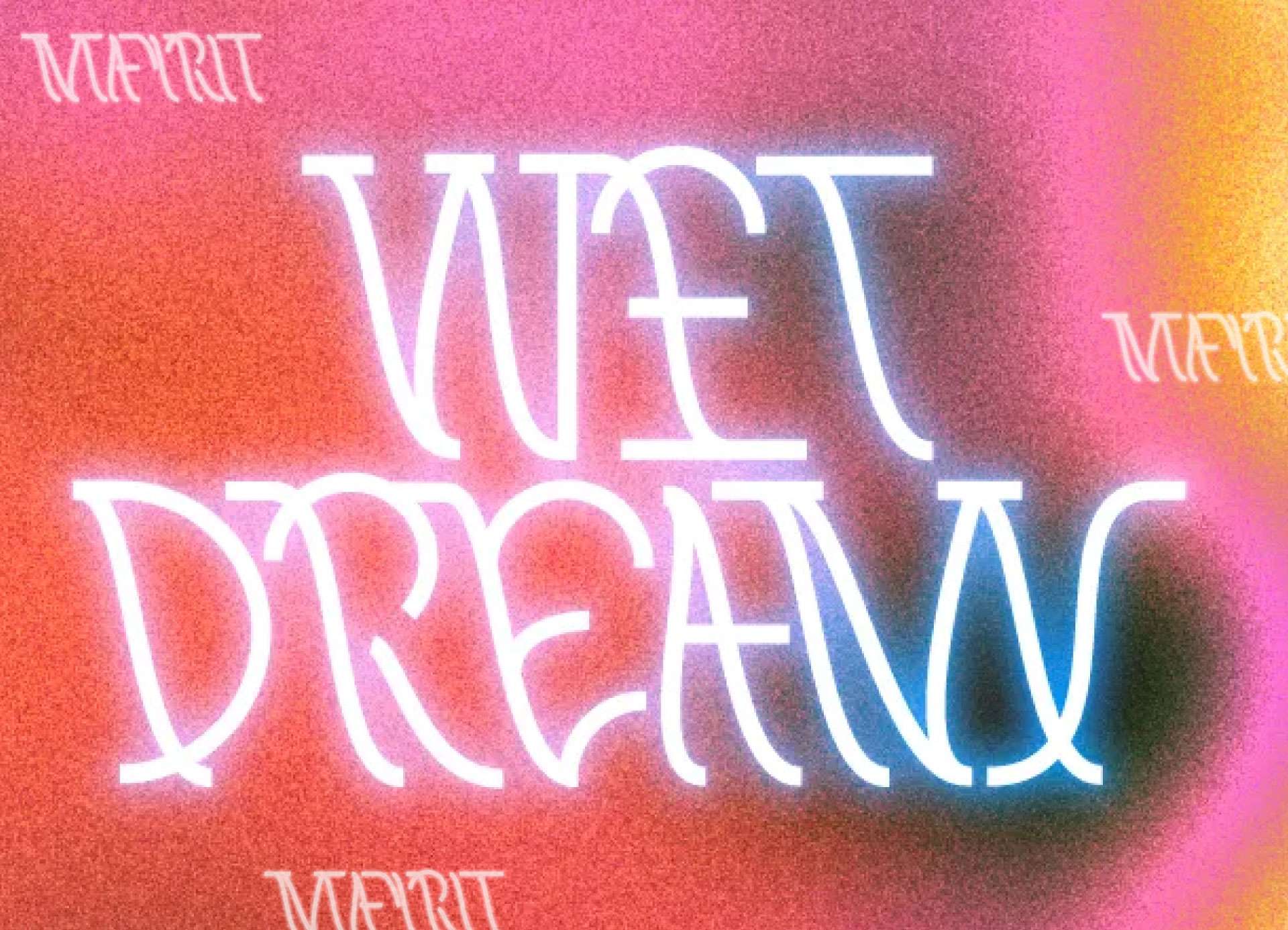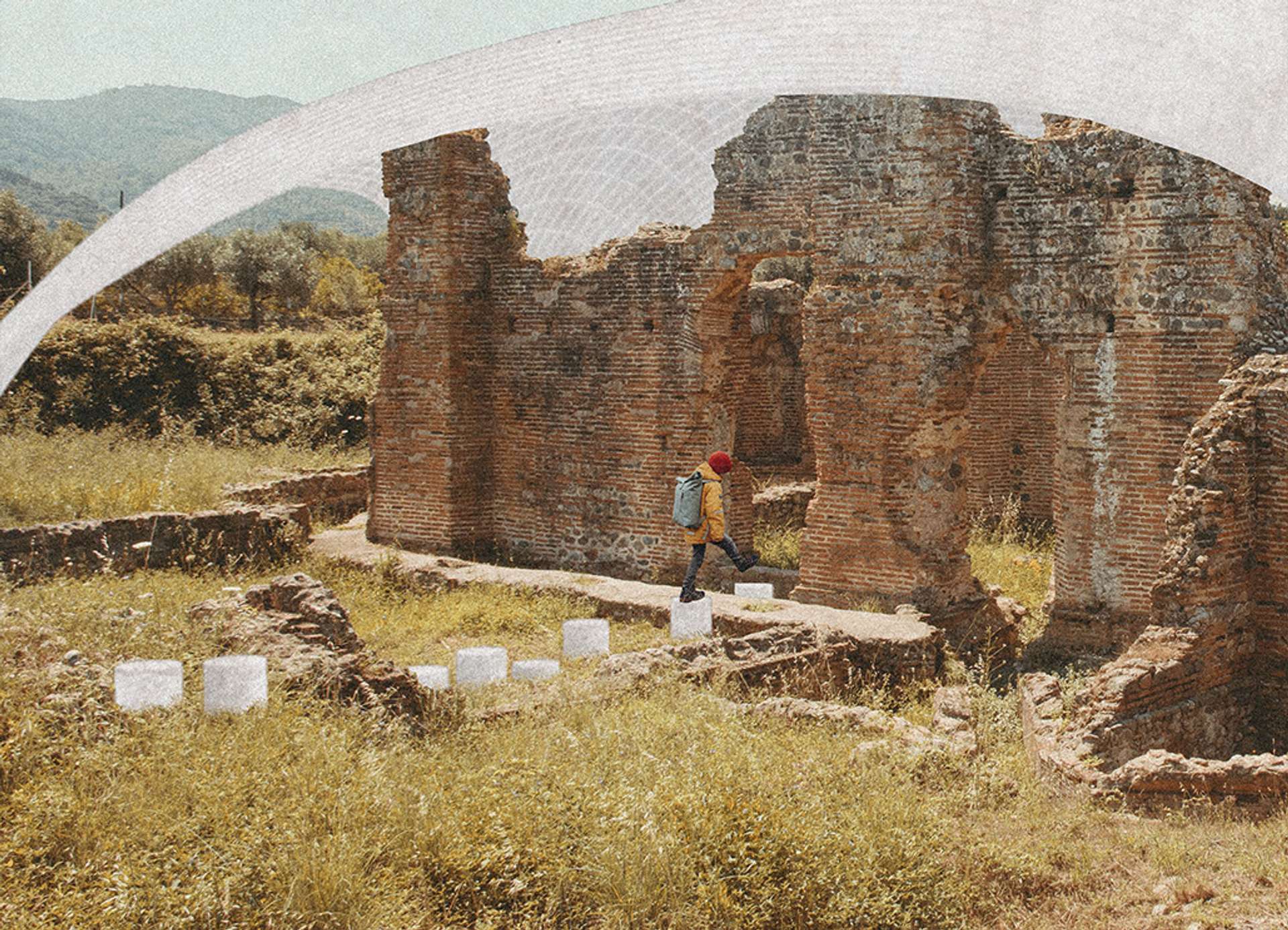On September 15th, artist Edoardo Tresoldi has unveiled "Simbiosi", his new site-specific artwork for Arte Sella sculpture park, the renowned open air museum in Italy’s Trentino Valley. In this conversation, he discusses the research process which brought him to explore and interpret the site of Arte Sella through the intentional connections between architectural and natural elements.
KOOZ Could you talk a bit about your office?
ET Since 2018 the team is based in Milan and at the moment counts around 12 people. The growth of the studio was a direct consequence of my interest and engagement with the realm of architecture and the commissioning of projects which inhabit the scale of real buildings. From conception to execution all of the installations are developed in house as a collaborative effort. This is something I very much enjoy as it allows me and the other team members to participate in all of the individual moments which shape each artefact.
I like to think of myself as an Author. I was born a sculptor but soon my work, both consciously and not, started to engage with diverse disciplines.
KOOZ How do you define yourself and your practice?
ET I like to think of myself as an Author. I was born a sculptor but soon my work, both consciously and not, started to engage with diverse disciplines.
Today, one has the privilege of being able to engage with a process of research which can have diverse outcomes and findings. My work, which is generally based on the relationship between architecture, the individual and the surrounding landscape, can as a consequence both manifest itself as land art or take on the form of a theatrical piece. Although the outputs are diverse, the research and methodology are the same.
For me this space is testament to a continuously evolving research on the relationship between art, nature and man.
KOOZ How did you approach the site of Arte Sella?
ET For me this space is testament to a continuously evolving research on the relationship between art, nature and man. As such when approaching the site, I did not feel bound to a common language, but rather a common theme which was each time explored as a direct reflection of the time and space which enveloped the artist. In this sense, the industrial materials I work with, which are very common and typical of our contemporary word, are a strong statement to the way we construct today. The mesh as a material belongs to the language of a globalized construction economy, one which has enabled me to access the product both in sites as Dubai or Trentino. This awareness undoubtedly informed the narrative of the project we developed.
KOOZ How does the space of Arte Sella as an open-air museum differ from that of the canonical institution of the museum?
ET These are two fundamentally very different spaces both in their reading and in the expression with which one approaches them. On the one hand, the space of the white cube allows for the absolute abstraction of the artefact whilst also crystalizing its existence as one which is finite and completed. On the other, art which exists within a public space, lives off the continuous and evolving interactions with the surrounding environment. At Arte Sella the immediate context features strong natural elements whose presence is extremely tangible when experiencing all of the artworks realized within the space.
At Arte Sella the immediate context features strong natural elements whose presence is extremely tangible when experiencing all of the artworks realized within the space.
KOOZ Here time becomes an important element with which to engage with….
ET Absolutely. Time is one of the greatest parameters with which we work with today. At Arte Sella one is very engaged with the temporal dimension of things, something which heavily influenced the poetics of Simbiosi from its conception to its execution. The moment in which Simbiosi was inaugurated did not define its completion, but rather its birth. Now nature will take its course in sculpting the artefact through time.
The moment in which Simbiosi was inaugurated did not define its completion, but rather its birth. Now nature will take its course in sculpting the artefact through time.
KOOZ As a sculpture which is intimately tied to its location, how did you undergo the research of the site? How much time did you engage with the latter?
ET The first time I visited Arte Sella was approximately a year before the inauguration of Simbiosi. My subsequent four trips where always informed by drawings and the testing of prototypes. One event which was critical in the history of the space, and which greatly informed my approach, was the hurricane which significantly altered the morphology of the mountain creating a new widening where Simbiosi was then positioned. At once I was confronted by the extreme power of nature, an alive element which questions the fragility and temporality of what we do and who we are as individuals.
KOOZ How does the structure approach notions of architectural im/permanence?
ET Up to now I frequently worked with temporary works with the exception of the Basilica of Siponto and Simbiosi. The most important parameter with which I am confronted when working with permanent projects is their relationship to time. From the very early stages, I imagine the work of art in 20 years’ time as a structure which reacts and grows with the adjacent ecosystem. I don’t work in opposition to the process of deterioration but rather want to work towards a choreographed performance of architecture and nature. For me this is the most important aspect.
With Simbiosi, I started the project reflecting upon the very notion of the ruin, part of a research I have been undergoing for a while. What I find particularly fascinating when I find myself in front of such an artefact, is the idea that the author never reflected upon the formal aesthetic of the structure in this state. Here one is confronted by a relic which has not been sculpted by man but rather by the natural elements, exemplifying a paradoxical shift in authorship. All of the work which was done with Simbiosi and which I am also considering when developing other projects, lies in a scientific reading and expression of myself through the aesthetic of the ruin.
With Simbiosi, I started the project reflecting upon the very notion of the ruin, part of a research I have been undergoing for a while.
KOOZ Talking about the idea of experience, what is the experience you want the visitor to engage with?
ET I focus a lot of my research and work on the elements, I am very careful in not abstracting these too much in order to always allow for a layer of legibility. This is extremely important as my work engages with the passerby and public space rather than the museum goer. When one considers my architectural work, I do not employ modern abstract geometries but rather figurative decorative elements which everyone can relate to in that they are part of a classical language of architecture, which especially within the western world, we are all very familiar with. The installations instantly appeal to our visual memory asking us to think back to past experiences but reimaginging these within new spaces and relationships where known elements start to dialogue with trees, clouds and other natural phenomenons which belong to our exterior world.

Simbiosi, Edoardo Tresoldi. ©Edoardo Tresoldi
KOOZ What informed the necessity to document the project through a publication?
ET I see ‘Il Paesaggio Costruito’ as an archive. It is a box which encloses a selection of documents which amongst other elements also include process images which were taken throughout both the research and execution of the project, a series of undisclosed narratives in opposition to final images of the ‘completed’ artefact.
The ‘archive’, which can itself be considered as a parallel project, was born out of the frustration of not then being able to share Simbiosi as a whole. Too often one is presented with the final artefact and neglects all of the work in progress and behind the scenes. The transparency inherent to working with mesh means that there are numerous very poetic moments within the construction process whereby clouds seem to be moved by cranes that I wanted to capture and convey to my audience. For me these images which are bound in my memory, are very significant as they often end up informing projects to come. The construction phase then becomes a great moment of research and not only of execution.
The decision to print it as limited edition on the other hand arose partially as a commentary to our over consumption of objects, I wanted the book to have a finite n. of copies which would challenge the possibility of reprinting volumes in the future. Contemporarily a decision was made to not share the material enclosed within this ‘archive’ through digital channels.
The ‘archive’, which can itself be considered as a parallel project, was born out of the frustration of not then being able to share Simbiosi as a whole.
KOOZ From the photographs, working our way back to the conception phase, what mediums did you use?
ET I always start the project by defining the architectural structure through the act of drawing. From the analogue I then pass to the digital and start drafting the plan and 3d in sketchup, working with numbers and the mathematics of the expression of a form. From there back to the analogue by testing with prototypes where mesh has now established itself as a sort of secondary pencil. From being the only protagonist of my artworks, I have now started to expand my material palette beyond mesh to also include other elements allowing for the mesh to exist as a virtual architectural material whilst establishing an enriching new formal relationships and dialogues.
KOOZ To what extent do the conversation you engage with the people in your team and other creatives shape and influence your work?
ET These are critical to the extent that the space in Mecenate is slowly being expanded from a space of production to a space of discussion testing the idea of the studio as a melting pot of critical conversations with other creative professionals.
Bio
Edoardo Tresoldi is an artist exploring the poetics of the dialogue between human beings and the landscape, using the language of architecture as an expressive tool and as a key to reading space. Born in Milan, Tresoldi moved to Rome after art school, working in the fields of sculpture, stage design and the cinema, where he developed a heterogeneous approach to the arts.
Since 2013 he has produced installations in public spaces, archaeological sites, festivals and exhibitions around the world.





